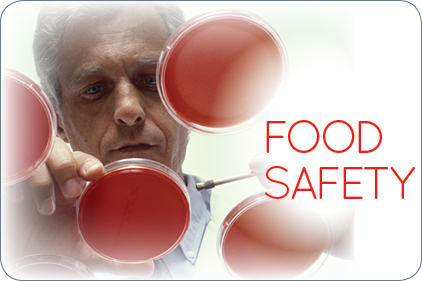HPP, here to stay
Food manufacturers of all types have begun to test their products and reap the benefits of high-pressure pasteurization.


|
| Kelley Battles, GL Foods |
As growing health and nutrition awareness has moved to forefront of retailer and consumer concerns, tremendous demand for healthier, safer and more convenient foods has developed.
These factors have had a profound effect on the high-pressure pasteurization (HPP) industry, which has been growing immensely.
When it comes to HPP products and development, many companies find themselves asking how to know if their products are right for HPP, how to prepare their products for HPP, and how to develop products to be successful when utilizing HPP. With HPP’s effects on foodborne pathogens such as E. coli, Salmonella and Listeria, delivering safer, healthier and longer-lasting products to retailers and consumers adds tremendous value throughout the entire supply chain.
HPP is taking products out of the freezer and placing them into the ‘fresh’ cases. Before HPP, the best way to preserve foods without preservatives was to freeze them. Now, HPP allows food manufacturers to remove preservatives and offer greater assurance that the product is safe without freezing.
Retailers are driving the greater number of HPP items hitting the shelves, and growing consumer acceptance has facilitated this. Retailers can lower their spoils on HPP items and can offer their shoppers fresh quality and longer shelf life through the use of HPP. There has been significant development in HPP on items such as fresh-cut fruit and vegetables, cooked meats, sauces and even juices.
Along with these advancements comes innovation in packaging materials. As we have seen in the marketplace, innovation in packaging has done amazing things to the products we buy. As a starting point in the development process, product packaged in a vacuum-sealed pouch will handle HPP just fine — it allows the manufacturer to observe any physical change to the food and/or ingredients.
That brings us to product development itself, which remains an important part of the success of HPP. Companies must adopt new-product processes and procedures that ensure the development of more successful, novel foods. The relationship between HPP items, health and consumer demand has driven this innovation.
I have worked with customers on the right packaging for several months before we’ve perfected their product. The projects always have started simply, leading to an “A-ha!” moment — for HPP, that moment comes when the correct packaging is validated.
HPP has provided significant opportunities for companies and retailers where claims and delivery of promised benefits can be substantiated and delivered. With a focus on the adoption of innovation (existing-product development and new-product development) and usage of HPP, companies utilizing this technology are able to deliver dynamic products that are changing the landscape of food manufacturing.
The ever-growing demand for safer, higher-quality, fresh foods has continued to ensure that the value-added benefits of HPP are here to stay.
Looking for a reprint of this article?
From high-res PDFs to custom plaques, order your copy today!




.png?height=200&t=1666376187&width=200)

